In the panel discussion, prominent figures from the Middle East steel industry such as Keyvan Jafari Tehrani, Dr. Aya El-Garhy, Prof. Alia El Mahdi and Amir Aligholizadeh addressed the industry on a wide range of topics from iron ore to supply chains, flat products to Border Carbon Adjustment Mechanism (CBAM).
One of the most notable sessions of the summit was dedicated to iron and steel export strategies and environmental requirements in the Middle East and North Africa region. The panel was moderated by Dr. Keyvan Jafari Tehrani, Global Markets Analyst.
“Egypt's first iron ore export to China”
Commenting on Egypt's first iron ore export to China, Dr. Aya emphasized the impact of variables such as lack of infrastructure, price changes and intense competition on the sector's potential and new opportunities.
North African supply alternative for Iran
Commenting on the potential import of iron ore from Egypt, which Iran may need as its own resources dwindle, Tehrani stated that Egypt and other North African countries are good alternatives for Iran in case of need.
“Can Egypt become a regional steel hub?”
El-Garhy assessed Egypt's potential to become a regional steel hub, saying that this could happen if supported by the right investments and that there is a positive outlook, while Tehrani pointed to Egypt's geopolitical position and the negative impacts that alternative trade routes could have.
US and EU tariffs: “Warning signal for the Middle East”
Prof. Alia El Mahdi, another panelist, discussed the protectionist trade policies of the US and the European Union and stated that unity and solidarity in the Middle East is an important strategy to cope with Western tariffs and that the region can keep up with global competition by moving beyond slabs and logs and producing high value-added products.
Türkiye, Egypt and Algeria, which export more than 50% of their products to these regions, will be affected by the trade policies of the US and the EU, which could result in a reduction in the value of production, increased utilization capacity, a reduction in the number of workers and lower exports, she stated
“Green steel production is a challenging process for Iran”
In the panel, where the obligations that CBAM will bring were also discussed, Tehrani emphasized that Iran is producing with iron ore under embargo and therefore will have much more difficulties than countries like Türkiye that produces from scrap, while El Mahdi stated that the transition to green steel could be an opportunity for Middle Eastern countries.
“Iran can maintain its 10th place”
Despite the embargoes, Iran continues to rank 10th in global steel production, Tehrani stated, noting that Iran's production fell below 30 million tons last year despite an annual target of 55 million tons. Amir Aligholizadeh stated that despite the embargo restrictions, Iran has natural resources and a competent workforce and therefore has been able to overcome economic obstacles.
Tehrani emphasized the importance of investment and trade agreements for Iran to maintain its 10th place in the world, while also highlighting alternative sources of raw materials such as Afghanistan and Morocco.
“Iran's capacity utilization rate is 64%”
Comprehensive presentations were also made at the summit on the infrastructure problems and production capacity of the Iranian steel sector. Industry expert Aligholizadeh stated that Iran's capacity utilization rate is 64%, which is similar to Türkiye (62%) and Russia (61%). Emphasizing that the supply-demand balance is the main factor, Aligholizadeh drew attention to the rapid decline in demand while supply is currently stable.
Underlining the problems related to energy infrastructure, Aligholizadeh stated that Iran produced 30.7 million tons of crude steel in 2024, down by 1.3 million tons. He pointed to energy constraints as the reason for this decrease in production. The projects developed by Iran to find solutions to these problems were also mentioned.
“There are investment opportunities for industry, but care must be taken”
Aligholizadeh emphasized that Iran has advantages such as low energy costs, cheap labor and an integrated production chain. However, restrictions on access to modern technology, sanctions on the banking system and inadequate infrastructure are hindering investments.
Aligholizadeh noted that Iran's future investment plans focus more on mining and mineral exploration activities, adding that planned imports in this field could increase the country's extraction capacity.


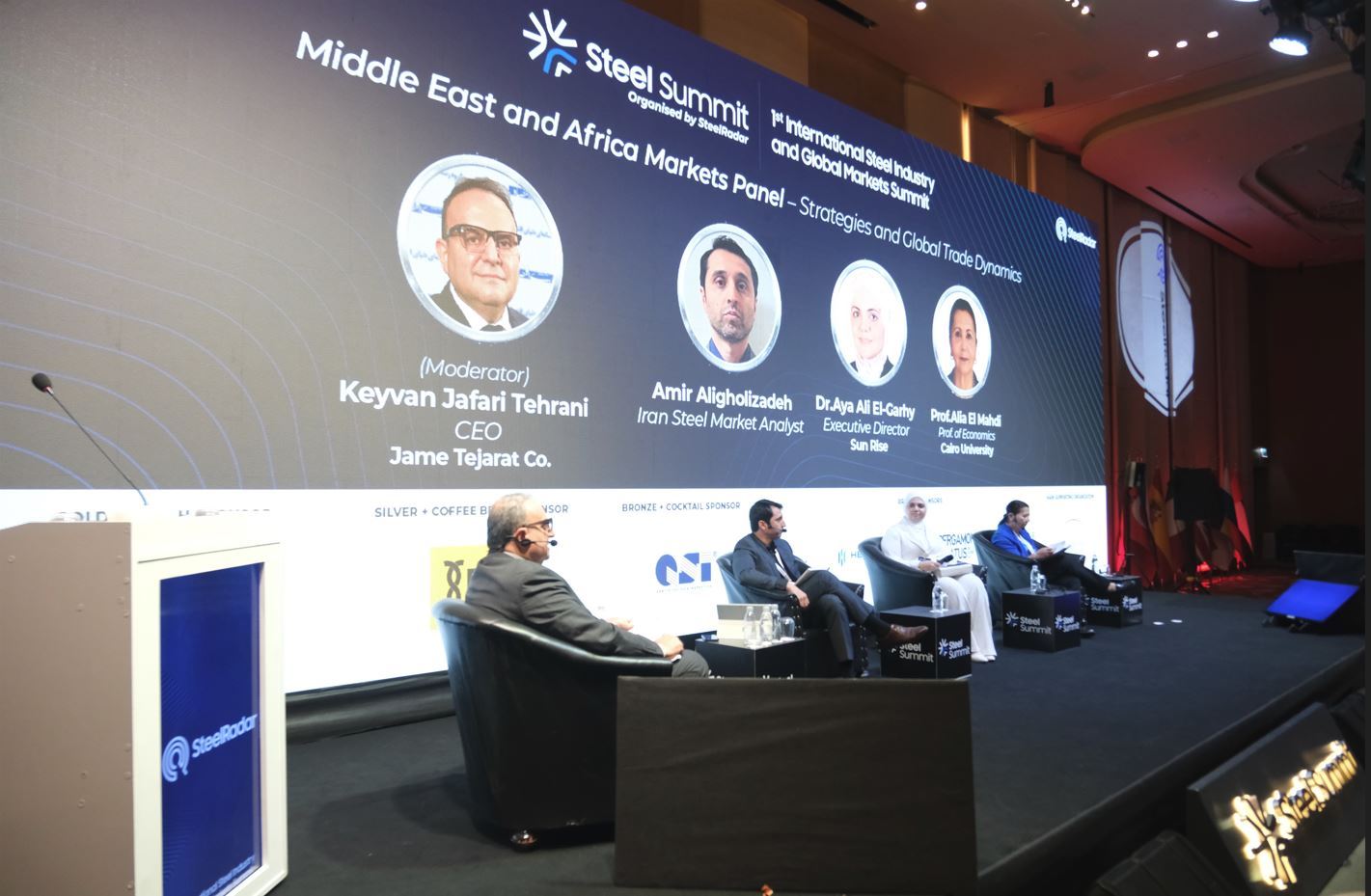
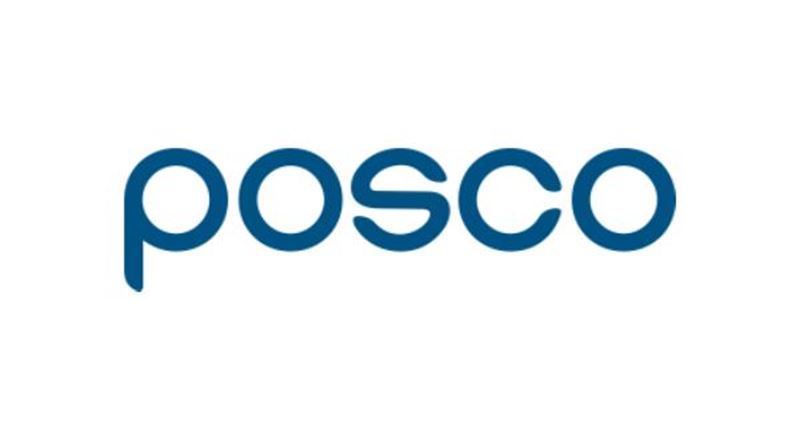
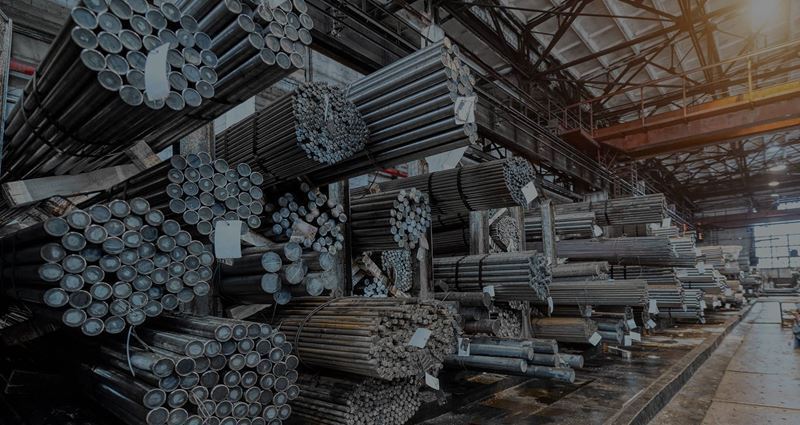
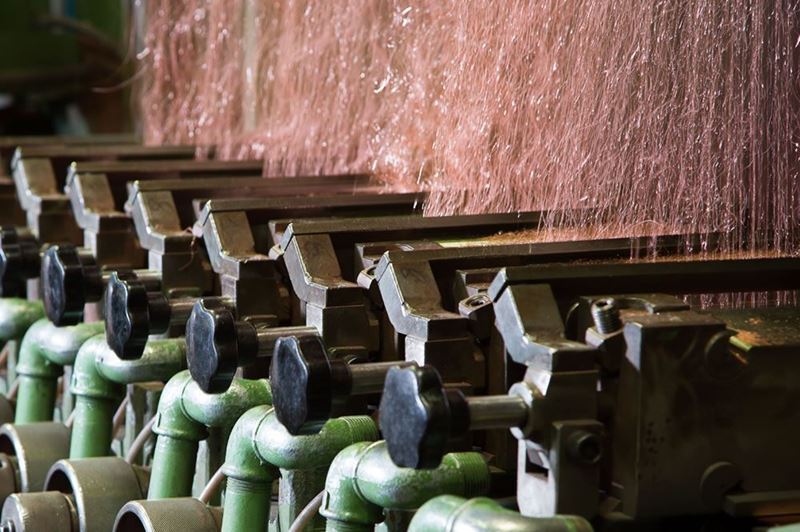
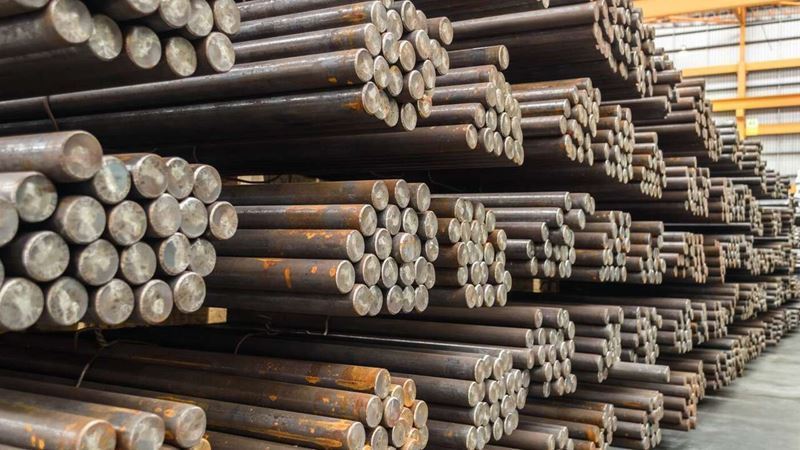
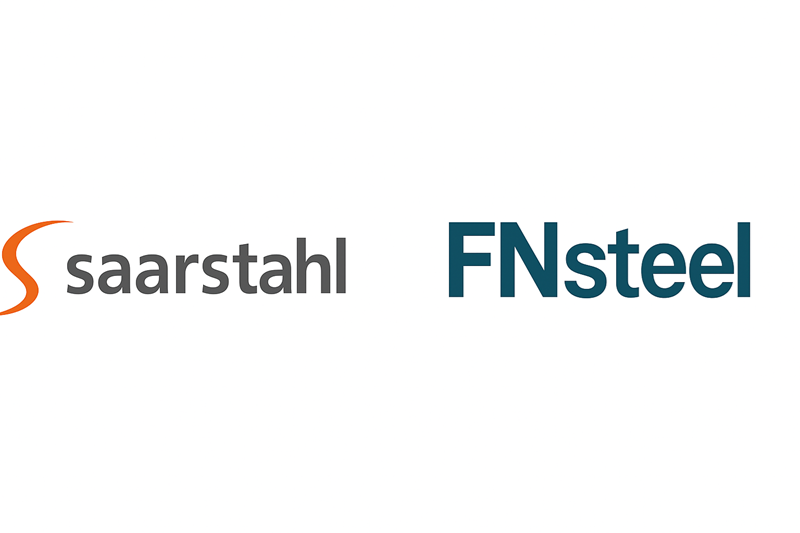

Comments
No comment yet.